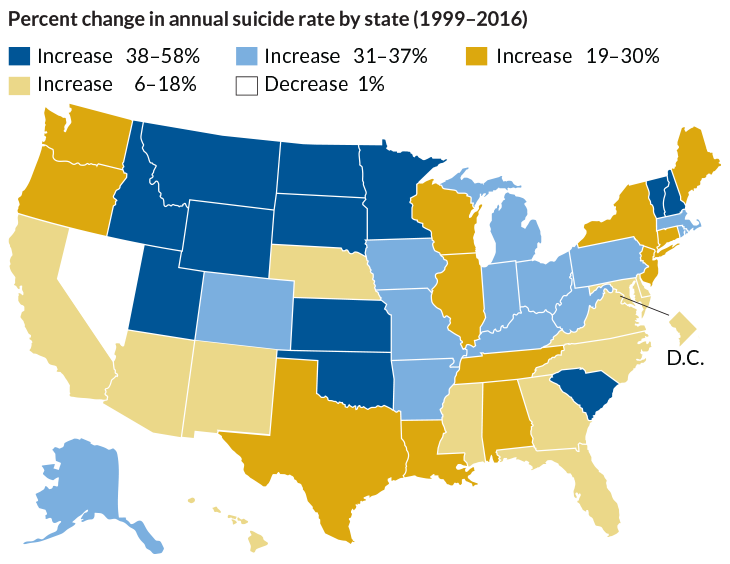Suicide rates have shot up in almost every U.S. state
More than half of victims counted in 27 states in 2015 had no known mental health condition

SUICIDE AWARENESS At a suicide prevention event at a Washington state high school, participants select beads signifying how suicide has affected their lives. Suicide rates have gone up sharply across the country since 1999, according to a new report.
Greg Lehman/Walla Walla Union-Bulletin via AP








